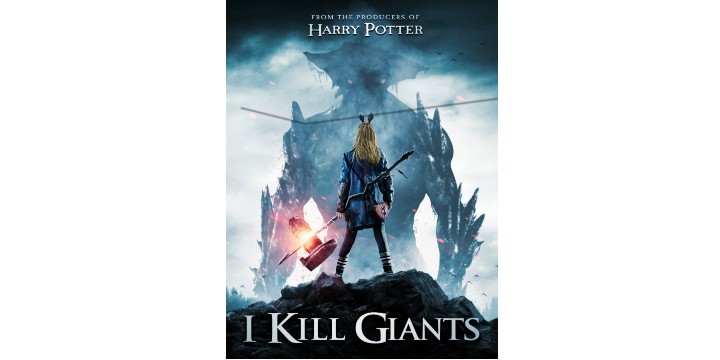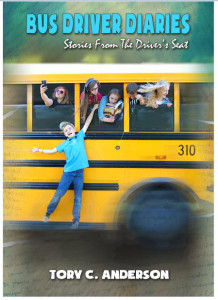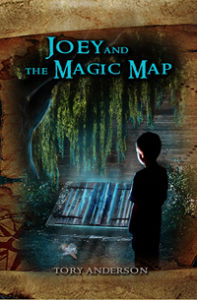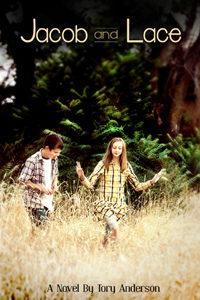One of my adult sons recommended I Kill Giants to me. He told me a little bit about it, but I didn’t get a clear picture of it at all. From what he said, I thought it was a self-help book. Imagine my surprise when I discovered it was a graphic novel. From the cover with a girl with rabbit ears holding a giant war hammer standing before a horrible giant, clearly this was a fantasy novel with anime leanings. Much of the deliciousness of the reading experience was discovering that my first impression was all wrong. I Kill Giants was hardcore reality.
The story revolves around Barbara Thorson, an intelligent, sharp-tongued, fifth-grade school girl with an obsession for giants. This obsession is wonderfully confusing at first. During Career Day, in front of her entire class, she confronts the motivational speaker who is trying to win a battle of wills with her. She patiently explains to him, “I hunt giants. I find giants. I kill giants.” The look in her eyes as she says this tells the reader, along with the motivational speaker, that she is dead serious. Her words, along with her rabbit ears (when no other characters have non-human ears) made me ask, “What is this book? If there are literal giants it is a fantasy. If there aren’t then it’s either going to be some mind-bending slop or . . . Barbara is crazy. I was delighted to find out the latter was true.
Barbara lives in a nice two-story home with a basement on a bay on Long Island. Other than that, her home is not normal. There appears to be no parents present. Her big sister—Karen—works, cooks, and tries to take care of Barbara and her brother. The biggest mystery in the home is what is upstairs. At school Barbara is sharp tongued and fearless. At home, when she looks up the stairs, there is horror in her eyes. Whatever she is afraid of up there is connected to her obsession with giants—giants she must be prepared to kill. The book takes its time at revealing the source of her fear which powers her giants, and it does it with great artistic and literary skill.
The characters that surround Barbara add a palette of color to this black and white graphic novel. Watching Karen, who can’t be much more than 18 years old, work and cook and try to deal with Barbara who, as Karen puts it, “is going psycho” is poignant, especially for a father like me who knows the loving pain involved in caring for children. Even Barbara appreciates Karen in her sarcastic but loving way when she says, “She tries [to help me], but she’s just not very good at it.” Her brother—Barbara calls him “Poop for Brains”—is a bit obnoxious, but as the story develops, the art captures his humanity and pain.
Sweet, innocent Sophia enters the story when she moves in next to the Thorsons and naively wants to be Barbara’s friend. Successfully playing Sophia’s sweet naiveté against Barbara’s demons so tenderly shows just how skilled the author is. Mrs. Molle, the school psychologist, takes the story over the top with her determination to help Barbara resolve the source from which the terror of her giants spring. The framework of these and other characters around Barbara turn what could be a dark and depressing story into one of strength and hope.
The art is all done in black and white. I don’t know the full reasons the author and artist chose this, but I do know it works. I was focused on the shadowy state of Barbara’s psyche throughout the story and not sitting back admiring pretty colors. The artistic design was masterful. The artist used camera angles ingeniously to make the pictures move like a film through my mind. Often the dialogue I’m reading is not coming from the people I’m seeing in the pictures. In other words, two things are happening at once—this can only be done in graphic novels—yet they are controlled and connected. Visual metaphor abounds: Barbara’s ears showing the state of her unbalanced mind; sudden sunglasses as she hides the truth from herself; little fairies embodying her inner monologues. It’s beautifully done. The writing doesn’t fall behind a step. There is subtle humor that always delights when it is realized. Hints to Barbara’s neurotic delusion are many, but they aren’t realized until later. Then, their meaning explodes like fireworks in the night sky.
I Kill Giants leapt right to the top of my favorite graphic novel list. It lays out mental/emotional struggles in their harsh reality yet infuses this with tenderness and the better side of humanity to create a story that is honest and true in a deeply meaningful way. It is a masterful mixture of art and words. I Kill Giants is a book that I will be reading again and again.
These books by Tory Anderson are now available on Amazon in Kindle and paperback format:





